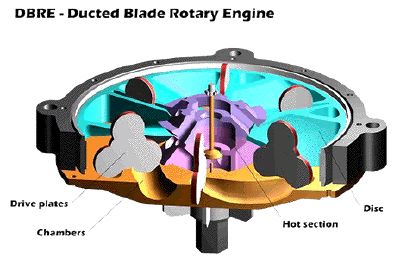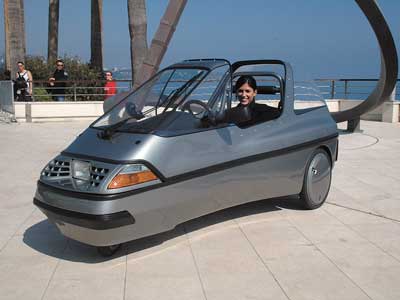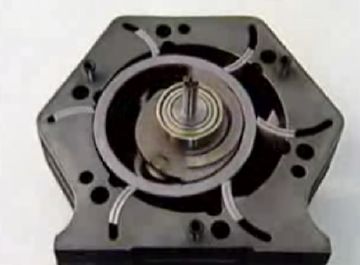Blog Archives
Two views of Raser
Here’s the core question: Is Raser a legitimate geothermal developer or a company chasing the latest hot trend pumping out news to prop up valuation?
There has been some spirited discussion inside our shop about which is the “real” Raser, and as a team, we’ve really taken a “wait and see” attitude. One side of the argument goes: this is a company that has entered the geothermal developer space with both feet. The company has acquired development rights on nearly 12,000 acres, has now inked a PPA for 21MW, has secured funding for 155MW of construction, has drilled a well and hit resource, and has secured a deal with a supplier for the harvest technology needed to convert geothermal resource into electricity. If that’s not the profile of a “real” geothermal developer, then what is?
The other argument centers around the fundamentals. The company’s cumulative revenue is under $1M and its cumulative loss is now over $50M. Yet, it maintains a market capitalization of nearly $400M! The first Raser business centered around electric motors and was branded Symetron and targeted for use in the automotive industry. Despite a few agreements, the business has failed to materialize. Thus, a strategy switch to geothermal developer with an initial false start where a definitive agreement to purchase a geothermal company was terminated at the target’s request. Now, the company has charted a course to fund the geothermal development with heavy debt and dilutive equity agreements. The facts are stark: The company has under $6M in cash and near-term liabilities due this year over over $34M according to its own financial filings. In fact, in those filings, the company’s independent auditor questions the company’s ability to carry on operations.
There are the two arguments, there is validity in both positions we believe, but recent developments show the company is serious about geothermal development even if the financial underpinnings are very precarious. One way or another, 2008 is the year that should answer the question definitively.
Exploding Wind Turbine
These things cost upwards of $5M and can stand as tall as 400 feet. It’s amazing that they’ve caught the failure on video, clearly there is a wind turbine problem to be solved as this failure is number 36… Comments are off for this post
Ducted Blade Rotary Engine

Pyscho-Active, a project working to win the Automotive X-Prize has designed another version of the rotary engine, similar to the EngineAir design discussed earlier this week. The difference is that this is a mixed fuel vehicle combining combustion with pneumatic assist to boost fuel efficiency to greater than 100mpg. In addition to the engine breakthrough, the team has also focused on safety features to make this a safe vehicle to go alone with its efficiency.
There are no plans for commercialization at this point, but should the project win the X-Prize, we believe that will change.
Vehicles with Pneumatic Propulsion

Keeping with the air theme established this week, here’s yet another approach to the air powered propulsion potential. French company, K’AirMobiles has proposed a new class of vehicle, the VPP or vehicles with pneumatic propulsion class. This would include full-fledged cars like ZPM’s from earlier in the week, EngineAir’s runabouts, and indeed, these glorified bicycles with air tanks and engines.
If the technical specifications are correct on the website, this could be a very attractive local option. The CityEl version is a 3 seater with a top speed of 40kph. The range is represented as 40-80km, which is more than enough for a runabout. The useful load is spec’d out at 240kg. What likely isn’t attractive is the survivability in such a vehicle upon catastrophic impact. Still, an interesting approach.
Another Air Power Innovation

EngineAir, of Melborne, Australia has invented a 13kg rotary air motor that will replace traditional combustion engines. Unlike the ZPM approach of using a standard piston/cylinder setup, this is a departure from traditional automotive engine design (Mazda’s combustion rotary engine has been around for awhile, but it’s far from mainstream.) This breakthrough was made by Angelo Di Pietro in 1997.
Unlike other companies, EngineAir doesn’t seem to have secured significant funding and thus has not published a production schedule for vehicles using their technology. However, if compressed air is going to be viable as a fuel, it seems to us that an approach like EngineAir’s design is more likely to be the longer-term solution than simply repurposing the cylinder/piston design.








